Sometimes it helps to know about beauty professionals who influenced the beauty industry in major ways. It’s very motivating to me to know that, just as Mr. Vidal did in his time, we too can continue to improve our industry by creating beauty that is buzz-worthy. Read hear how Vidal Sassoon made hairstyling contemporary and easy for women to maintain, which wasn’t usually the case in the teasing and lots of hairspray era. -The article was written by the Encylopedia Britannica
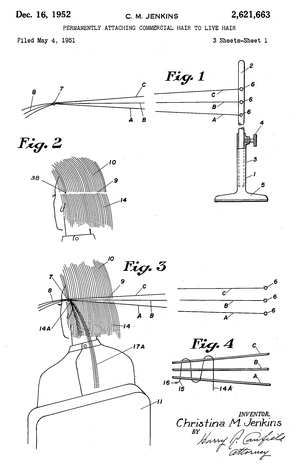
Who is Lyda D. Newman?
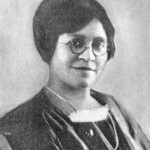
It is none other than the common plastic hairbrush. While she did not invent the hairbrush, she made significant improvements for improved hygiene and use. Be sure to thank her next time you grab your favorite brush.
Who is Jessie T. Pope?
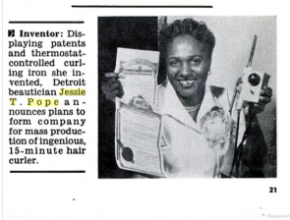
Like Lyda D. Newman, she is another black woman who invented something used on a daily basis all over the world. While living in Detroit, her invention impressed Eleanor Roosevelt so much that they worked together to receive US Patent 2,409,791 on October 22, 1946, for the croquignole iron.
While working as a beautician, she saw a need for an electric curling iron that was thermostatically controlled. This thermostat allowed the iron to maintain a steady, even temperature.
Who is Christina M. Jenkins?
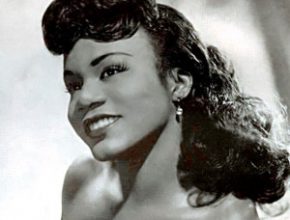
Christina M. Jenkins is our headliner for 2014’s Black History Month Profiles. Born in Louisiana, she graduated with a B. S. from Leland College. In 1949, while working for a Chicago-based wig manufacturer, she started to tackle the problem of wigs not staying securely on the customer’s head. Her thought process eventually led her to a new method for permanently attaching commercial hair to live hair dubbed Hairweev.
Her invention of the hair weave resulted in a billion-dollar industry, but she struggled with financial hardship trying to maintain her growing business. While she never became a Madame C.J. Walker or an Annie Malone, let’s remember her as one of the greatest contributors to the cosmetology industry.
Who is Olivia Lee Dilworth (Stanford)?
I was curious about the first salons that opened here in the U.S. When I google the question, I found this biography about the sweet soul of Olivia Lee Stanford. She had the largest, most successful beauty salon in Harlem. I hope her story inspires you as it did me.
Olivia Lee Dilworth Stanford Biography – First in Family to Graduate from College, Built Own Business in New York
Who is Vidal Sassoon?
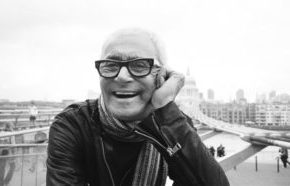
Sometimes it helps to know about beauty professionals who influenced the beauty industry in major ways. It’s very motivating to me to know that, just as Mr. Vidal did in his time, we too can continue to improve our industry by creating beauty that is buzz-worthy. Read hear how Vidal Sassoon made hairstyling contemporary and easy for women to maintain, which wasn’t usually the case in the teasing and lots of hairspray era. -The article was written by the Encylopedia Britannica
